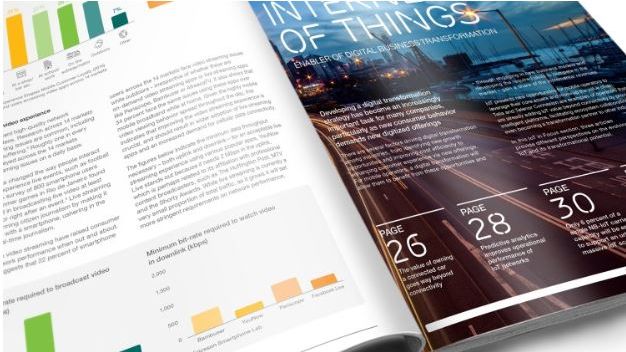
News -
IoT in focus in the latest Ericsson Mobility Report
Telenor Connexion shares its IoT-related experiences within predictive analysis and Big Data.
Around 29 billion connected devices are forecast by 2022, of which around 18 billion will be related to the Internet of Things (IoT). Included in the latest edition of the Ericsson Mobility Report is a deeper look into IoT, with feature articles with different perspectives on IoT and its transformational potential.
Ericsson sees this as an exciting area in which vendors and operators are exploring new business opportunities beyond connectivity in the IoT value stack. In cooperation with Ericsson, Telenor Connexion shares its IoT-related experiences.
“Analyzing IoT device performance” is a co-written article, focusing on how predictive analysis of IoT devices and networks can improve operational performance. Telenor Connexion has with its ARTS solution combined real-time traffic monitoring with data analytics for IoT devices and networks to reduce the risk of network congestion and to improve quality of service.
The Ericsson Mobility Report article on predictive analysis can be downloaded at :
https://www.ericsson.com/mobility-report/analyzing-iot-device-performance
The Ericsson Mobility Report is an industry-leading publication on mobile data traffic, providing in-depth measurements from live networks spread around the globe. The report uses these measurements and analysis, together with internal forecasts and other relevant studies, to provide insights into current traffic and market trends in the Networked Society.
Advanced Real-time troubleshooting Tool Set (ARTS)
ARTS is a cloud-based network connectivity analytics tool designed specifically for connected IoT devices. It can be accessed via a web interface by an enterprise customer support or operations team, providing real-time insights into the performance of IoT devices and networks based on big data analytics techniques and domain-centric data models. It also offers predictive analysis, identifying potential problems, based on patterns of network behavior to allow for faster and more efficient decision making.

